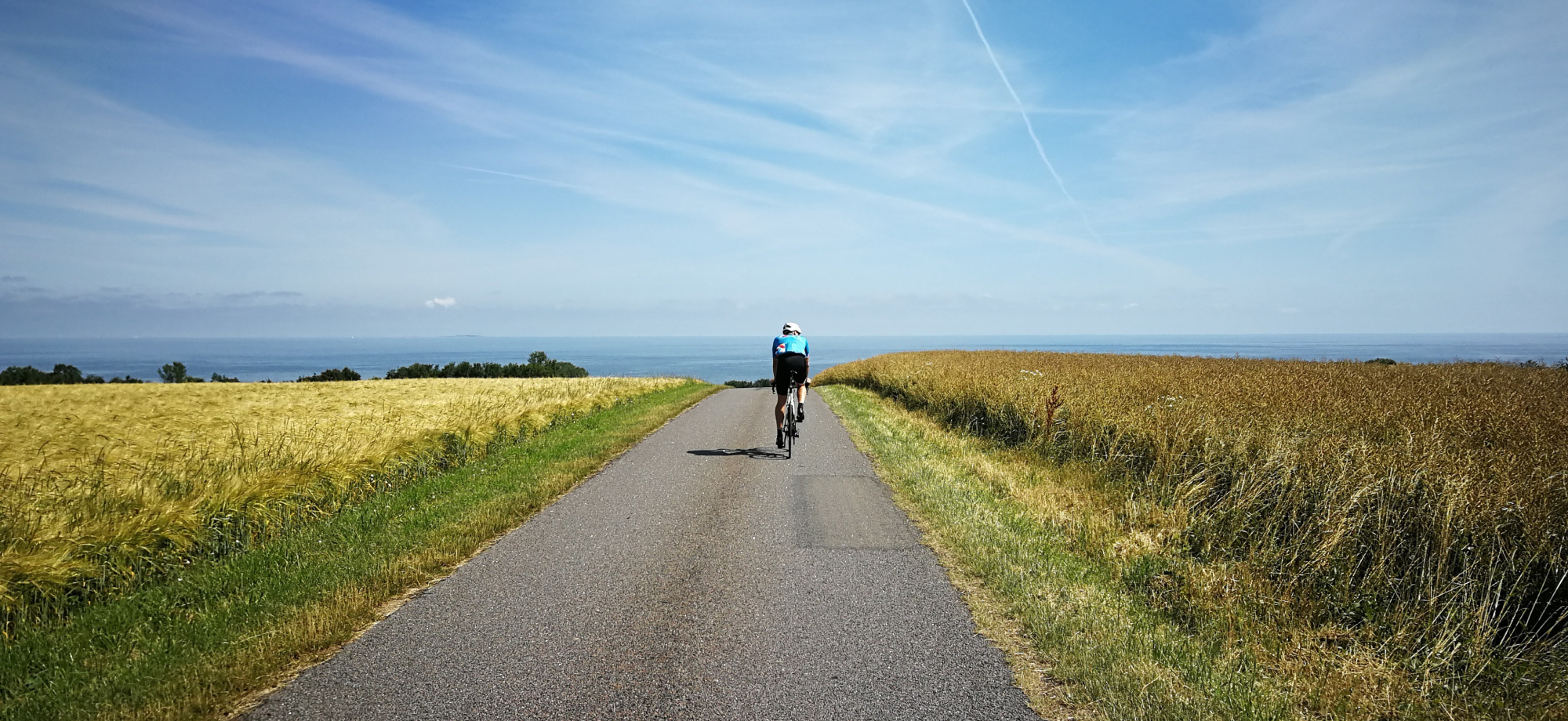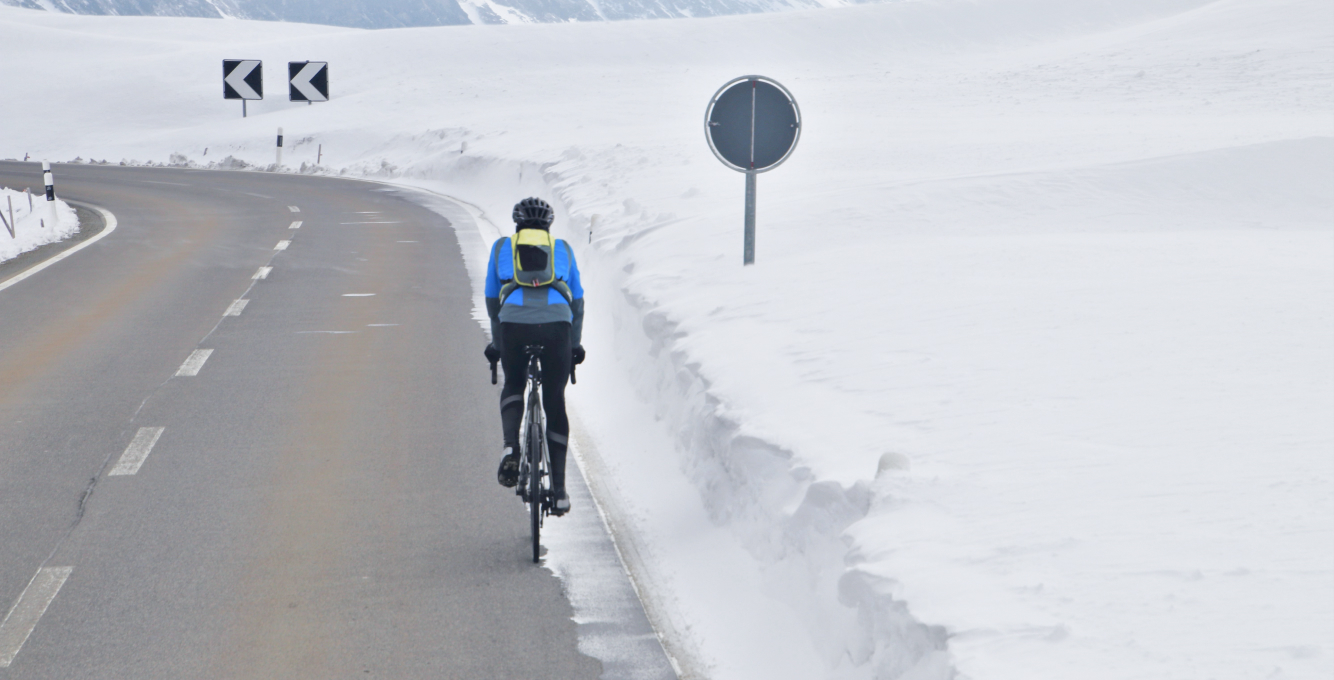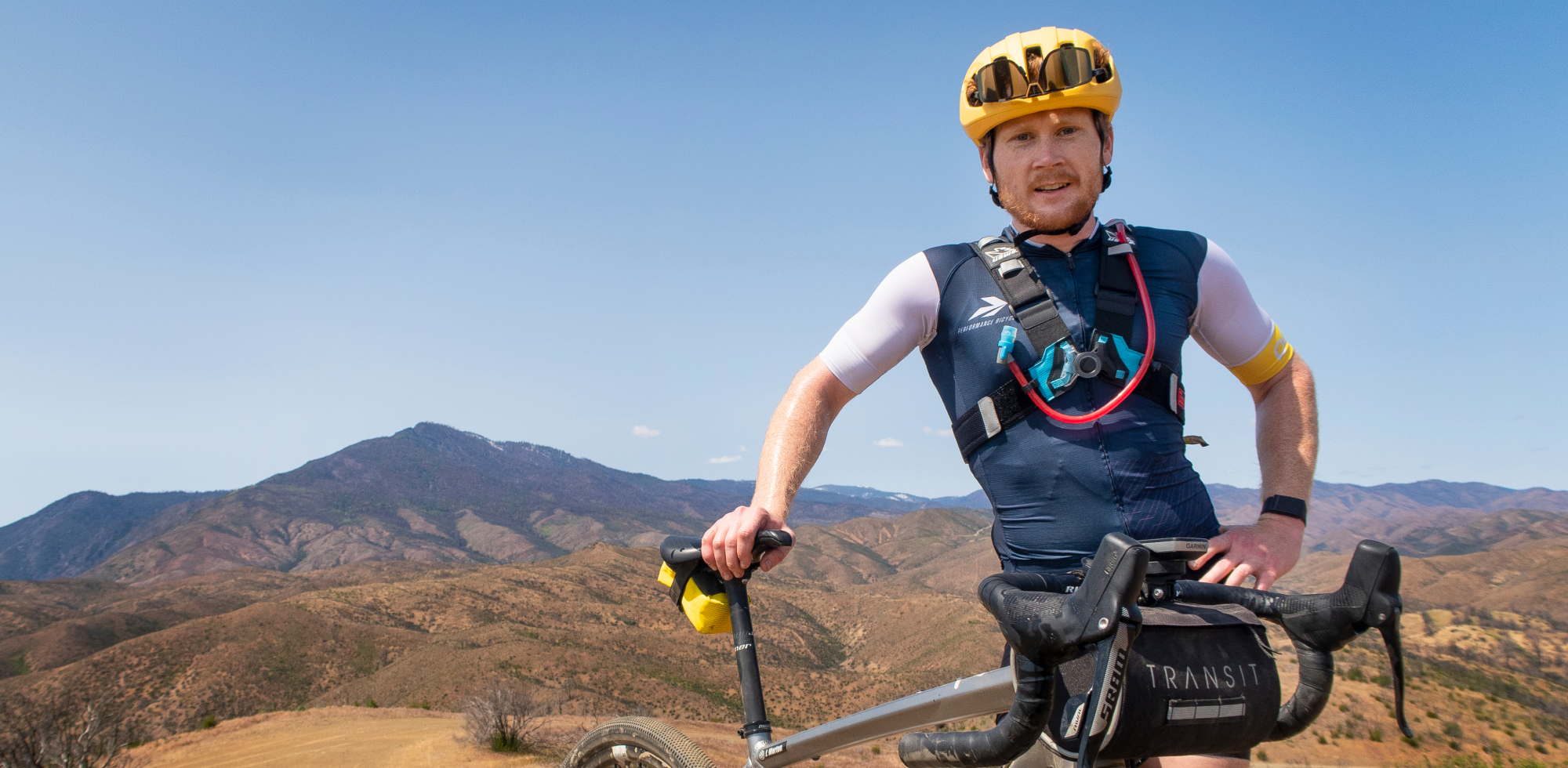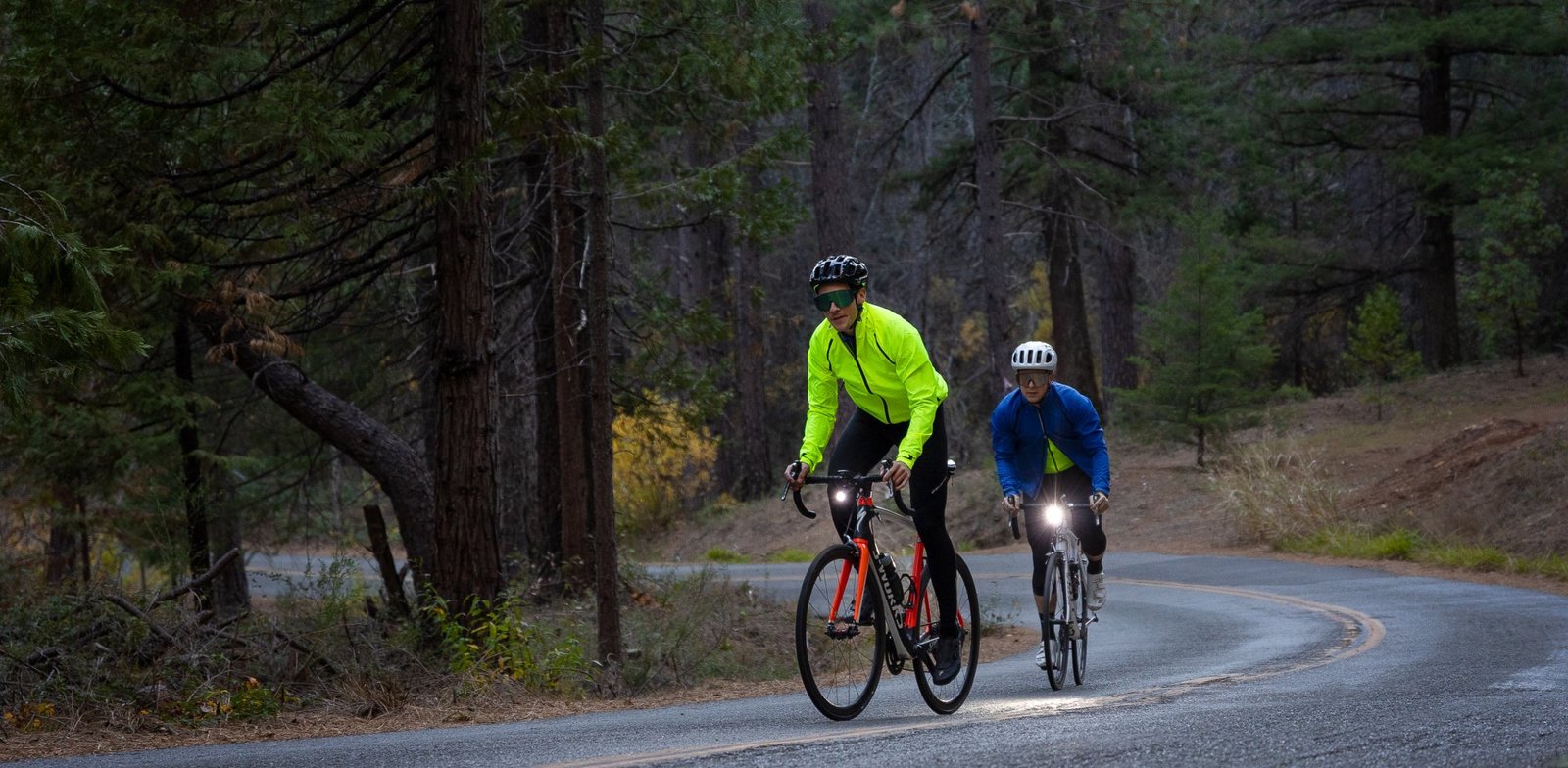How To Travel With A Bike
Our Tips & Tricks

Jeffrey and Ryan from Performance are teaming up with EJ and Mitch to tackle the UCI Tour of Tahiti. Traveling abroad for a bike race brings its own special set of challenges and considerations. As we get ready to fly out, these are some of the things we’re planning and packing for.

Getting a bike box

The first step to flying with your bike is to get a bike box. The best boxes are designed specifically for flying with your bike. More expensive boxes are sturdier and tend to offer more protection – some, like this Thule Case, even have a repair stand built into the case.
However, you don’t necessarily need to spend that much. If you don’t travel often with your bike, it might not be worth buying a case. Ask around and see if anyone in your local cycling community has a box that you could borrow. Often, someone will have a case collecting dust in their garage. We’ve also heard of some shops offering bike cases to rent. So, ask around and see what you find.
Another option is to pack your bike in a cardboard bike box. Ask your local shop if they have any leftover boxes or if they are willing to hold onto one for you. Make sure the box is big enough for your bike. Many airlines are more concerned about the weight of your bike than the size –having a box that is slightly bigger will be easier to pack and likely cost the same to bring. The downside of a cardboard box is that is offers slightly less protection and does not have wheels to roll through the airport – so you will need to find a cart for transport.
Should you ship your bike?

Depending on your trip, it may be worth shipping your bike using a carrier. This works best if you have an address lined up where you can ship the bike to. Services like bikeflights.com can be very helpful when it comes to purchasing postage and boxing up your bike.
Checking your bike is often easier and cheaper

Many airlines now wave oversized fees on bikes and simply count them as your first piece of checked luggage. Overweight fees generally still apply, but if you can keep your bike bag under 50 lbs, you’ll be in the clear. If your bike is light enough, you can possibly pack some clothing in the box too and still stay under the weight restrictions.

Pro Tip: Call Ahead
Call ahead to the airline to verify that there will be space on the plane for your bike. This is especially important when traveling with groups of cyclists or on hopper flights where smaller planes may not have the cargo capacity needed to fit a bike box.
Packing your bike up

Start planning early. Packing your bike the night before a trip is both stressful and risky. It is a good idea to test out your pack a couple weeks before traveling – that way you have plenty of time to make adjustments or come up with a different solution if your bike doesn’t fit right.
Before you pack your bike, make sure it is clean and fully tuned up. There is nothing worse than getting to your destination and needing to locate a bike shop to repair a preventable issue.
Packing up your bike will require a moderate level of technical ability. Depending on the bike box, you will have to remove at least the wheels, pedals, seatpost, and handlebars/stem. It is also a good idea to remove the rear derailleur and derailleur hanger to keep them from getting damaged during transit.

Pro Tip: Pack Smart
Go to your local hardware store and pick up some foam pipe insulation. It’s cheap and can be used wrap any part of your bike that needs extra protection. You can even wrap your entire frame with it for maximum coverage. Cinch the insulation down with some reusable zip ties for easy installation and removal.
What do you need to rebuild your bike?

When you get to your destination, you will need at least a few tools to reassemble your bike. At bare minimum, you will need a few Allen keys and a tire pump. You should also have grease for your pedal spindles, and carbon paste for the seatpost (if you have a carbon frame or carbon seatpost). It’s also a good idea to bring a torque wrench – that way you can ensure that all the bolts are tightened down to a safe spec.
What to pack for your bike

Depending on where you are traveling, it may be hard to find replacement parts for your bike. Rather than risking a ruined riding trip, plan ahead by packing a few extra parts. Be sure to consider the specifics of your bike – does it have electronic shifting? If so, pack an extra battery and/or charger. Does it use disc brakes? Extra brake pads might come in handy.
Ryan & Jeffrey’s Spare Parts for Tahiti:
- Tires
- Tubes (even if you use tubeless, it’s a good idea to have a spare tube just in case)
- Chain and master link (pre-waxed)
- Derailleur and Brake Cables AXS Battery
- Brake Pads
Spare Parts:
- Saddle Bag
- Bike Lights
- Multi-Tool
- Masterlink Tool
- Torque Wrench
- Charging Cables
- Chain Lube/Wax
- Grease
- Carbon Paste
- Portable Floor Pump
Tools & Accessories:
Maintenance and cleaning while traveling

Keeping your bike running smooth away from home is a little more complicated. Oftentimes, you might be staying at a place that doesn’t have a good spot to clean your bike. If you’re lucky, a hotel or Airbnb might have a hose that you can use. If you’re unlucky, you might get stuck using wet wipes or a damp rag to clean off your frame. We’ve heard of people cleaning their bikes in the bathtub… can’t say we recommend it, but it might work.
While having a clean looking bike is important, the drivetrain is where it really counts. We’re fans of using a hot waxed chain to keep our components clean and get more life out of them. For travel, we like to pack an extra pre-waxed chain for when the first one wears out. It’s also nice to have a little bottle of wax lube just in case the chain needs some extra help.
Packing the right cycling clothing

This may seem obvious, but when you are packing your kit for the trip, research what the weather will be like where you’re going. Even if it’s summertime where you live, it could be totally different at your destination. If you’re going to be riding in the mountains, know that weather conditions can vary drastically – the day could start warm and sunny, and a storm could quickly roll in a bring the temps down to freezing. Packing modular clothing – like arm warmers, leg warmers, and vests – is a great way to ensure that you can dress properly for nearly all conditions.
Explore Further:
Going somewhere with different weather than you’re used to? We have tips and tricks to help you out:
COLD RIDING LAYERING BASICS
Layering provides confidence and lets you focus on the ride ahead.
Learn More

